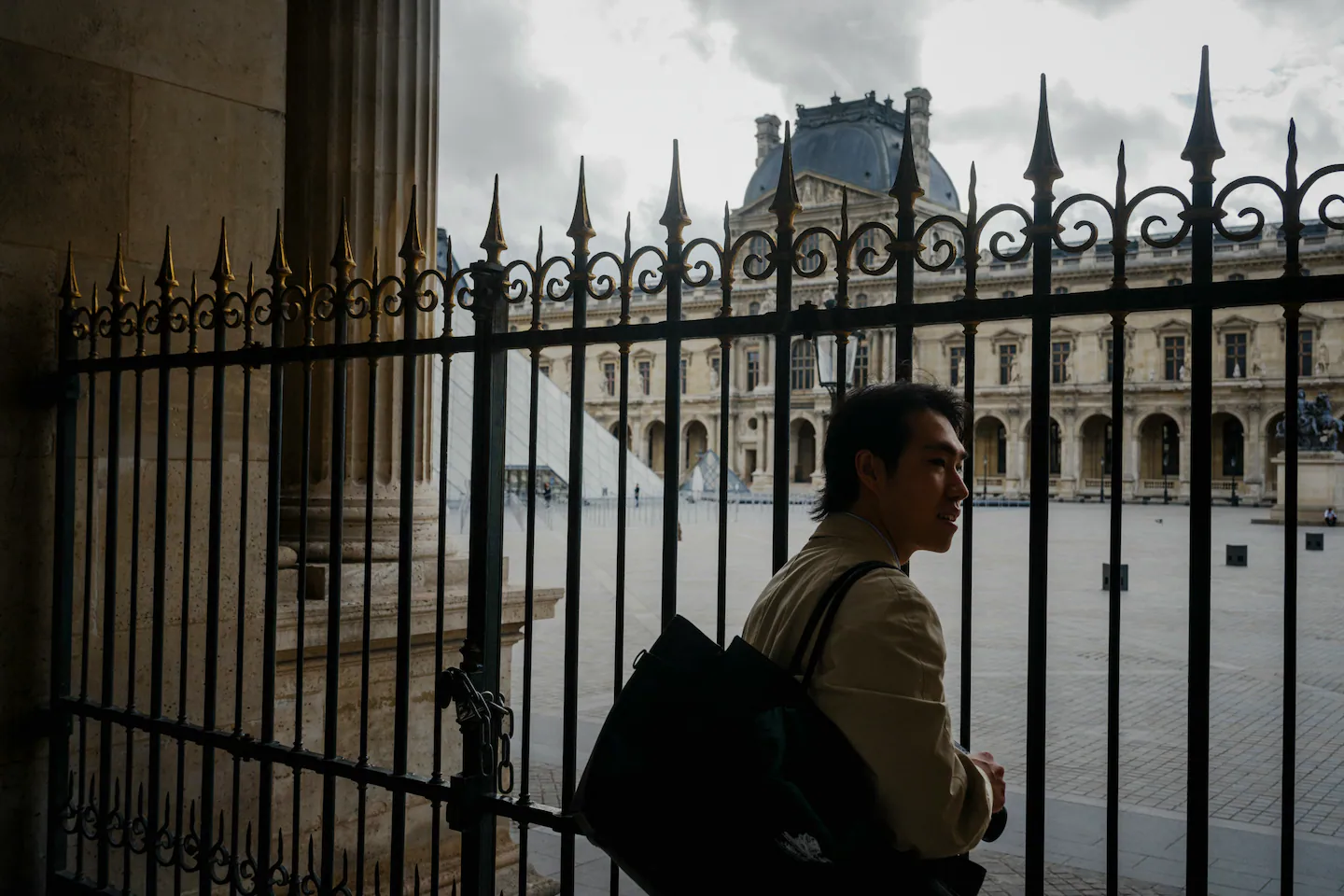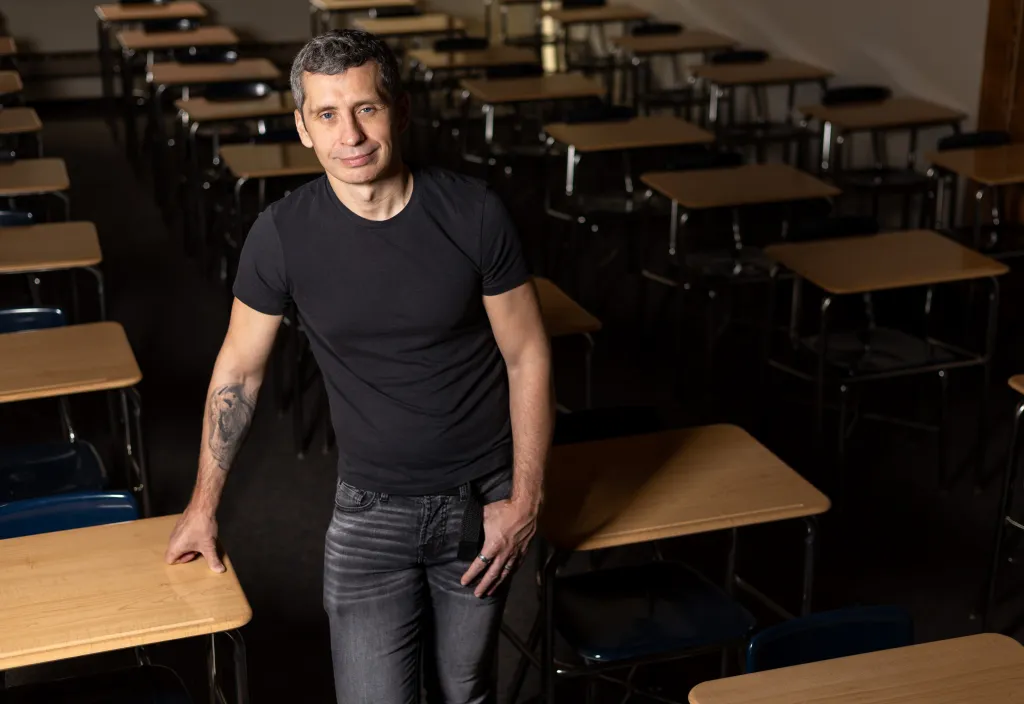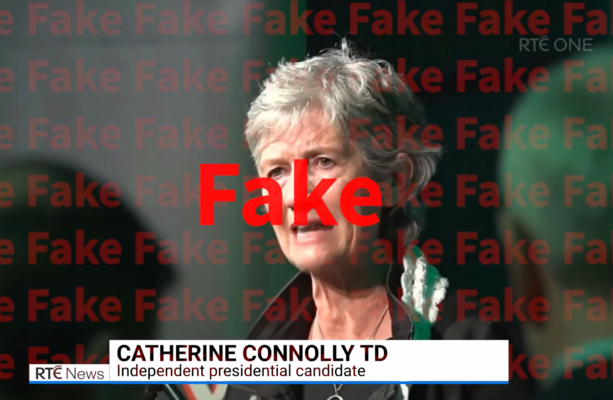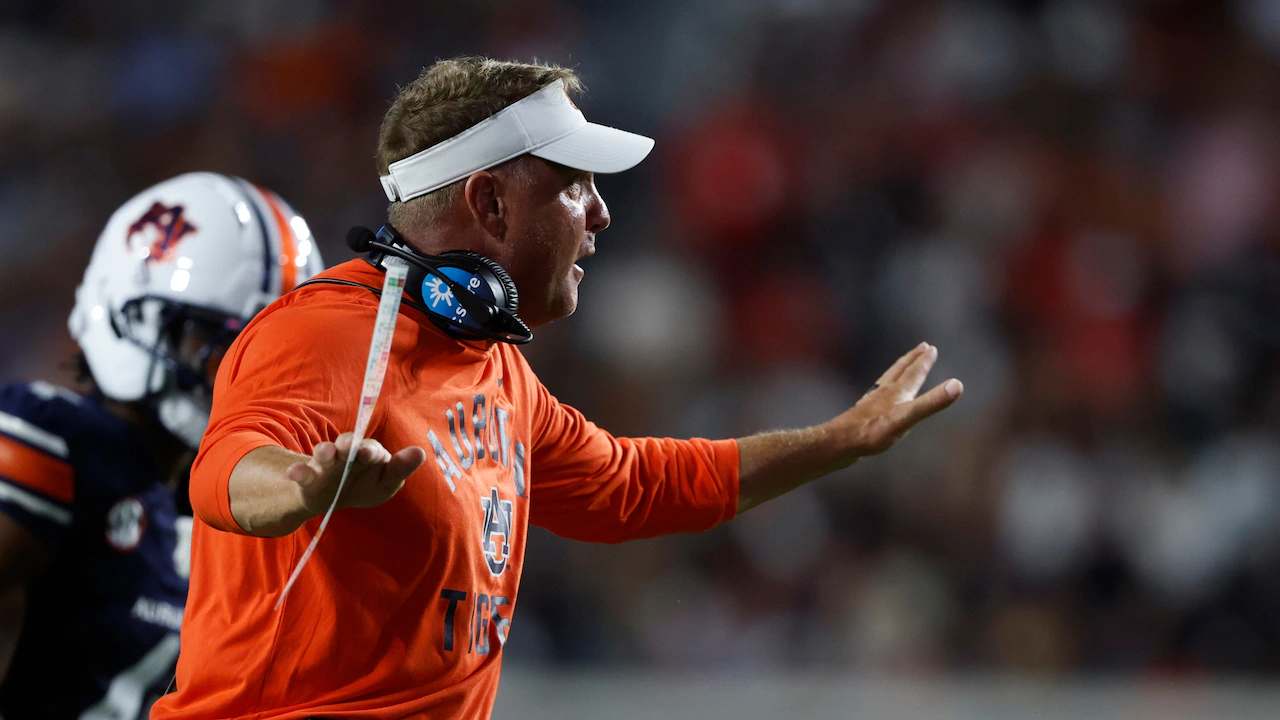Copyright Screen Rant
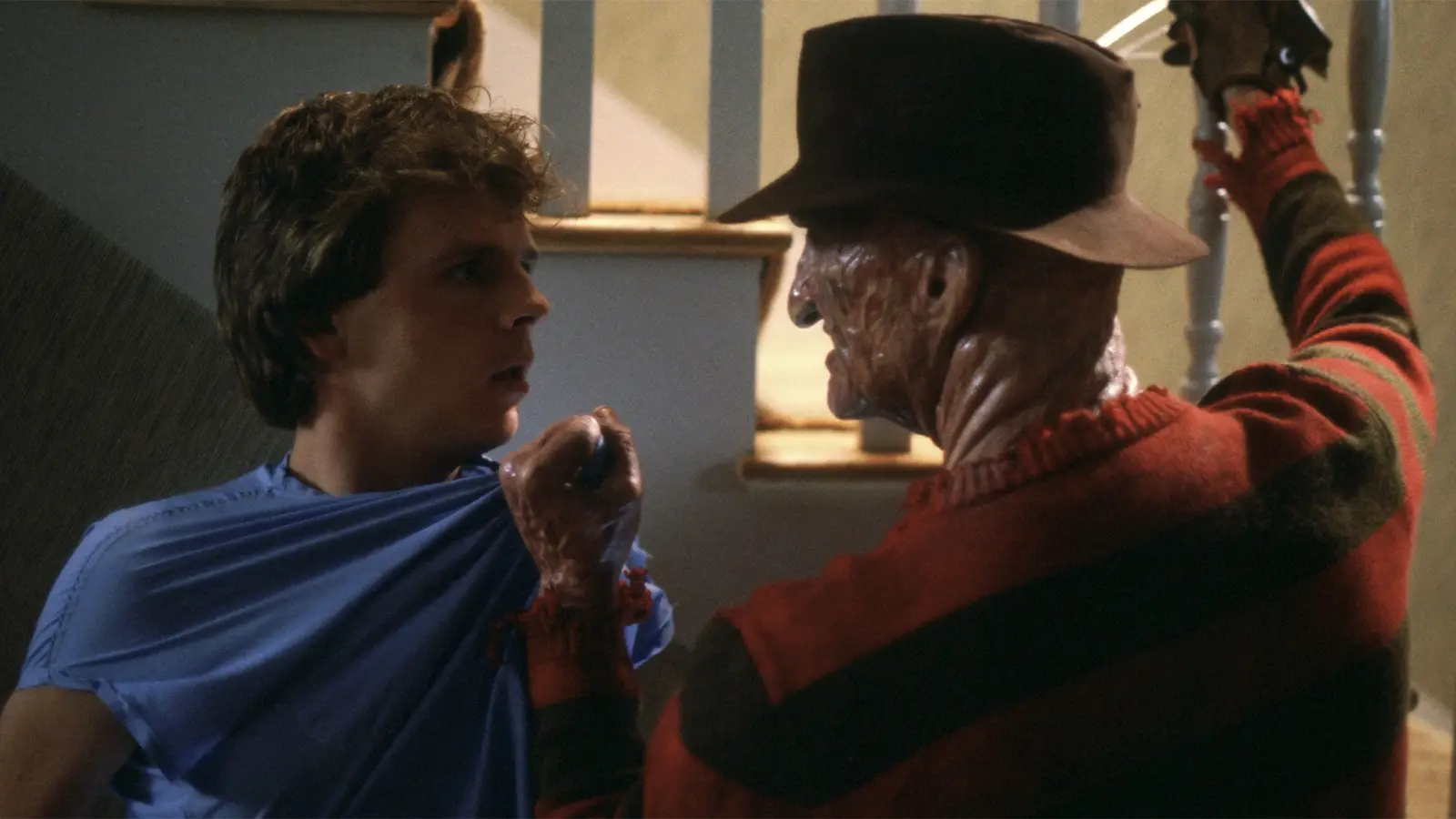
Freddy's coming for you, and he wants to show you A Nightmare on Elm Street's new 7-film collection, which brings the iconic horror franchise together in 4K (or standard Blu-ray) for the first time. The first six Freddy films, in addition to the satirical Wes Craven's New Nightmare, have been remastered to create a look and sound worthy of any home theater. The set even comes with a pair of 3D glasses, which viewers can use to watch the 3D parts of Freddy's Dead: The Final Nightmare as originally intended. There are also theatrical and uncut versions of both the original A Nightmare on Elm Street and the fifth film, The Dream Child, as well as two new bonus features: Freddy's Footnotes and Boiler Room Confessional. All together, it's a spectacular package that can be enjoyed by both longtime fans of the franchise and newcomers who wish the learn who Freddy Krueger is. ScreenRant's Joe Deckelmeier interviewed Krueger himself, actor Robert Englund, to celebrate the new 4K and Blu-ray release and reminisce on the days before he knew what he had gotten into. Rachel Talalay, who directed the fourth film, and director Jack Sholder of Freddy's Revenge, also revealed which tweaks stood out to them most in the exciting collection. Robert Englund Picks A Nightmare On Elm Street (Or 2) To Revisit ScreenRant: Robert, it is an honor talking to you. Freddy Krueger has lived in the audience's nightmares for four decades. When you first auditioned for Wes Craven, did you ever imagine this role would become such a pop culture fixture? Robert Englund: No idea. I was dealing back then with my first big success on television, a miniseries called V, and that was my very first experience where people had finally put a name to my face. I think I did it for the challenge of the makeup, and also [the idea of] working with Wes. I was considering Wes as a kind of David Lynch director back then. And also, it was so low budget, I just wanted us to get it done and get it out there. I wanted people to see it because I knew we were onto something, but I had no idea. I thought maybe if we're lucky, it'll be a little cult film. I had no idea we'd ever make another one, or that it would become this huge franchise of eight films. I just knew I was working with talented people, and we were all working by the seat of our pants, as they say. It was very low-budget; things were put together with spit and a prayer, but all practical effects. But I did know we were onto something special. ScreenRant: The 4K restoration gives fans a sharper look at Freddy than they have ever seen before. As the man under the makeup, how do you feel seeing that level of detail brought back to life? Robert Englund: I think the real reason to embrace the 4K collection is that a preponderance of fans experienced A Nightmare on Elm Street with a pizza getting cold on a coffee table, some warm Coca-Cola, and a dog-eared, poorly wound VHS copy they got from a mom-and-pop video store. The thing: that's wonderful, too! Sharing it with family, an older brother or a kid sister, or your buddies in the dorm room, is great. But if you have a favorite, you can now see it pristine. You can see Renny Harlin's A Nightmare on Elm Street 4 shot by Roy Wagner, who actually changed the look of network television with his superb work on CSI. They just look so great. Stephen Hopkins' surreal MC Escher-esque A Nightmare on Elm Street 5: The Dream Child, with Lisa Wilcox as the ingenue, just looks incredible. It's very surrealistic, and it's different to see it all crisp and brand new. Everybody's got the light in their eye. Everybody's eyes are wet, as we say in Hollywood. ScreenRant: If you could revisit a Freddy film today with new technology or storytelling, which would you pick and why? Robert Englund: I think we would have to go back to the very early ones because, as they went along, we were really perfecting the practical effects and introducing new technologies that were coming alive. I remember seeing computers and my first playback ever on Renny Harlin's Part 4. But there are probably a couple of moments in both the original and Part 2 that could use a little CGI. Why Freddy’s Dead: The Final Nightmare Needs To Be Seen In 4K ScreenRant: Rachel, you've had such a versatile career, from producing John Waters films to directing Doctor Who, but you also produced Dream Warriors and The Dream Master before stepping into the director's chair for Freddy's Dead. How did that producing experience help prepare you to direct your own Freddy story? Rachel Talalay: There's no way I could have done it if I hadn't been absolutely hand-in-hand with Chuck Russell and Renny Harlin on Parts 3 and 4, and hand-in-hand with John Waters. Making A Nightmare on Elm Street 3, in particular, gave me the experience I needed. I often say, "Everything I know, I learned on Nightmare on Elm Street," because we had to do everything from stop motion to people coming in and out of mirrors, which nobody knew how to do in Part 3. I couldn't have done it without [that experience], and oddly, I was more comfortable with the effect sequences than with working with the actors - which, of course, terrified me. ScreenRant: Freddy's Dead has this 3D sequence, which was bold at the time. What was the biggest creative challenge or technical challenge in pulling that off? Rachel Talalay: We were in optical world, not digital world - and we created a new technology that had never been used before, which is to use color film for the red-green, red-blue anaglyph 3D. Given that it's a low-budget horror film, it was incredibly challenging. Doing this 4K upscale, we were able to take the left and right eyes and put them together properly. Suddenly, the 3D is amazing. It's so thrilling to see; it's a whole new experience. Most people have never seen the 3D version, so the whole pacing of the ending is different. You have to be slightly slower so your eyes can catch up, and the whole thing is desaturated to make the red-green 3D work. Very few people have seen it the way it's supposed to be seen. This 4K upscale is so important to me because, not only is it the way we meant it to be, but it's also better than it could ever have been when we made the film. ScreenRant: How do you feel seeing Freddy's films preserved alongside other definitive film collections? Rachel Talalay: All you can ever say about the success of the Freddy films is "Who knew?" They're so unbelievably creative on every level. Hats off to Robert Shaye and to Robert England for creating this franchise that was pure creativity. That's why they've lasted, because we are always interested in turning nightmares on their side. If you're afraid of bugs, you aren't attacked by a hundred bugs. You become a cockroach. ScreenRant: If you were offered a chance to direct another Elm Street film today, what new angle would excite you the most? Rachel Talalay: Well, I would make a scarier version. I feel like we kept away from the horror, but audiences now are quite different and quite savvy. You can go much further with horror, and I think it can be scary and funny. I think Weapons does this beautifully. That's a movie I really admire. I also think Final Destination: Bloodlines is a remarkable film. I would aim for using digital technology, but not overusing it. Because one of the great things about Nightmare is that things do not work and do go wrong. And it is messy. We tried some effects, and we were upset when they were messy, but now that makes them look real. If you're too clean and too digital, it looks [fake] now. Jack Sholder Appreciates All Interpretations Of A Nightmare On Elm Street 2 ScreenRant: Jack, it is an honor to meet you. A Nightmare on Elm Street 2 has become one of the most discussed films of the franchise, especially because of its psychosexual undertones. Looking back, what is your perspective on how the film has been reinterpreted over the years? Jack Sholder: I was an English major in college. Everybody says, "English major? What are you going to do with that? It's worthless." But actually, I learned all about story. I read everything that Shakespeare wrote, and it helps. So, I'm always interested in the subtext. But also, there's also something called the "intentional fallacy," which is the fallacy that the meaning of the work is what the creator of the work intended. And what the fallacy says is that the meaning of the work is whatever the audience brings to it, as long as it makes sense. Certainly, there's an argument - for lack of a better term- for the queer interpretation of the movie. It's taught in colleges, and it's picked up a whole other audience. I've been around at conventions with Mark Patton, who played Jesse, and it means a lot to people that we made this movie. So, it's great. It's an unintended consequence, but something that I'm very pleased about. ScreenRant: The 4K release gives audiences a new chance to revisit your film with fresh eyes. What details or choices do you hope fans notice that they might have missed the first time around? Jack Sholder: It's the same movie, but there were a few little tweaks. There really wasn't much that we could do with the picture because they scanned it off the original negative, so you're seeing it as close to the way we shot it as possible. If you saw it in a movie theater, or you saw it on a DVD, it doesn't look the way that we would optimally want it to look. But now, that's the way it looks. But there are a few little tweaks in the opening sequence, with the bus going through the desert. One of the things we wanted to do was to make the bus seem demonic, so we took the grill and bent it so it looked like it had maybe teeth. There was supposed to be smoke billowing out of it, but the smoke was pretty lame. It didn't billow at all; it just sort of floated out. But we were able to enhance that a little bit. There was one exterior night scene that I said, "Let's make it a little darker." The Warner executive who was overseeing the restoration said, "Jack, you should really leave it the way it is because that's kind of the way it was." And I said okay. That's the film that we made in 1985, and we're just trying to bring back the film we had in our mind. The real revelation is the sound because we mixed it in mono. It's fine, but when you hear it in Dolby Atmos, it's not only stereo, but it's complete. It's not really surround sound, but all of the elements seem to have a discrete sound. You can hear the music playing really loud, but you can still hear all the dialogue clearly and all the effects. I really had a chance to enhance things. That's because they had covered all of the sound effects, which are all mixed together, but they had to make a track for foreign releases. So, when they dub it, all the sound effects are in there. I could go in and make Freddy's claws a little more screechy; I could go in and sweeten the effect that they had put in. Or the sequence with the demonic parakeet, when you hear it with the music and sound effects, the way we heard it in the mixing studio - which nobody has ever heard? It blew my mind. I said, "Wow, I did a pretty good job on that." It makes me look good.
